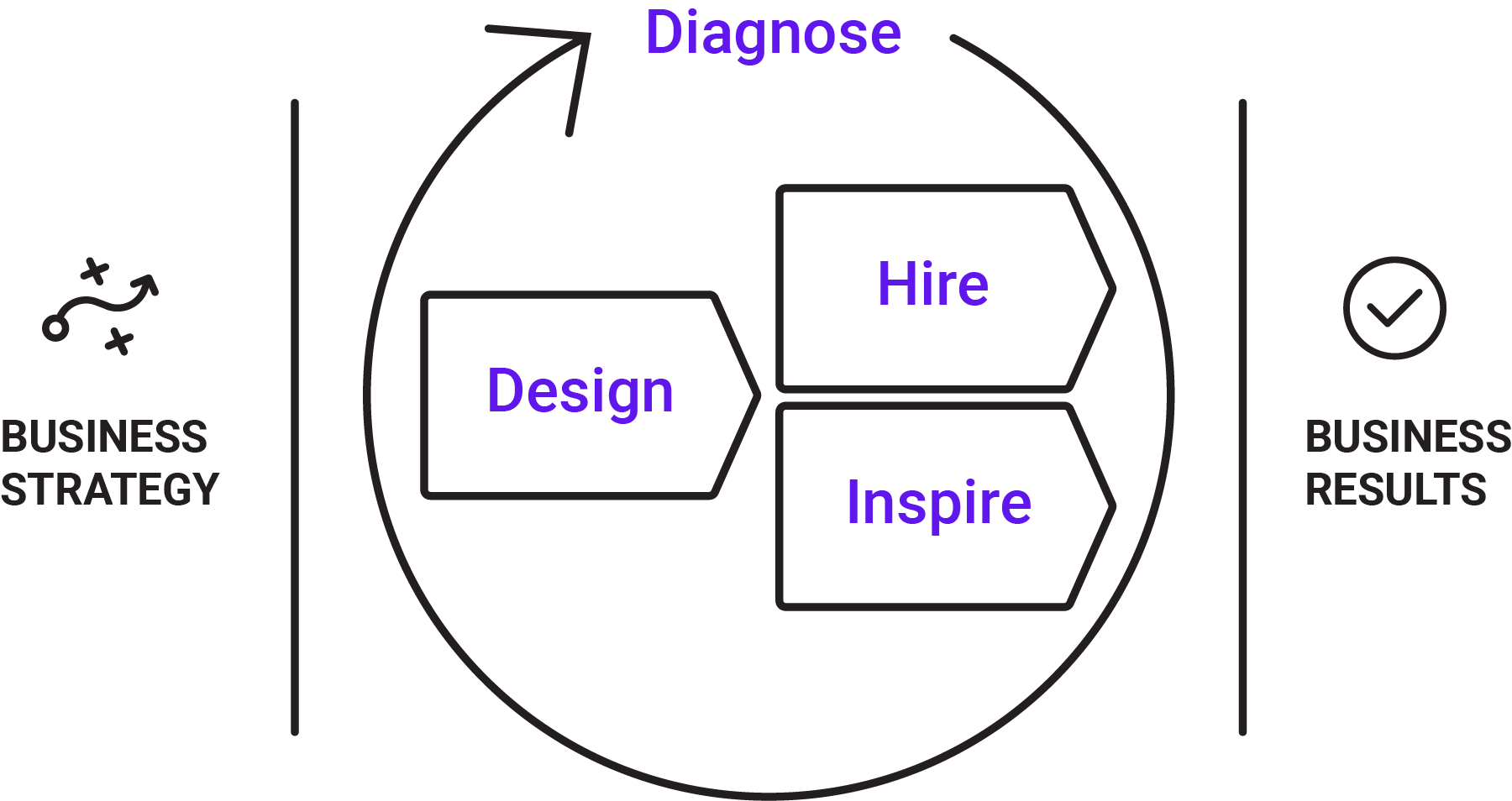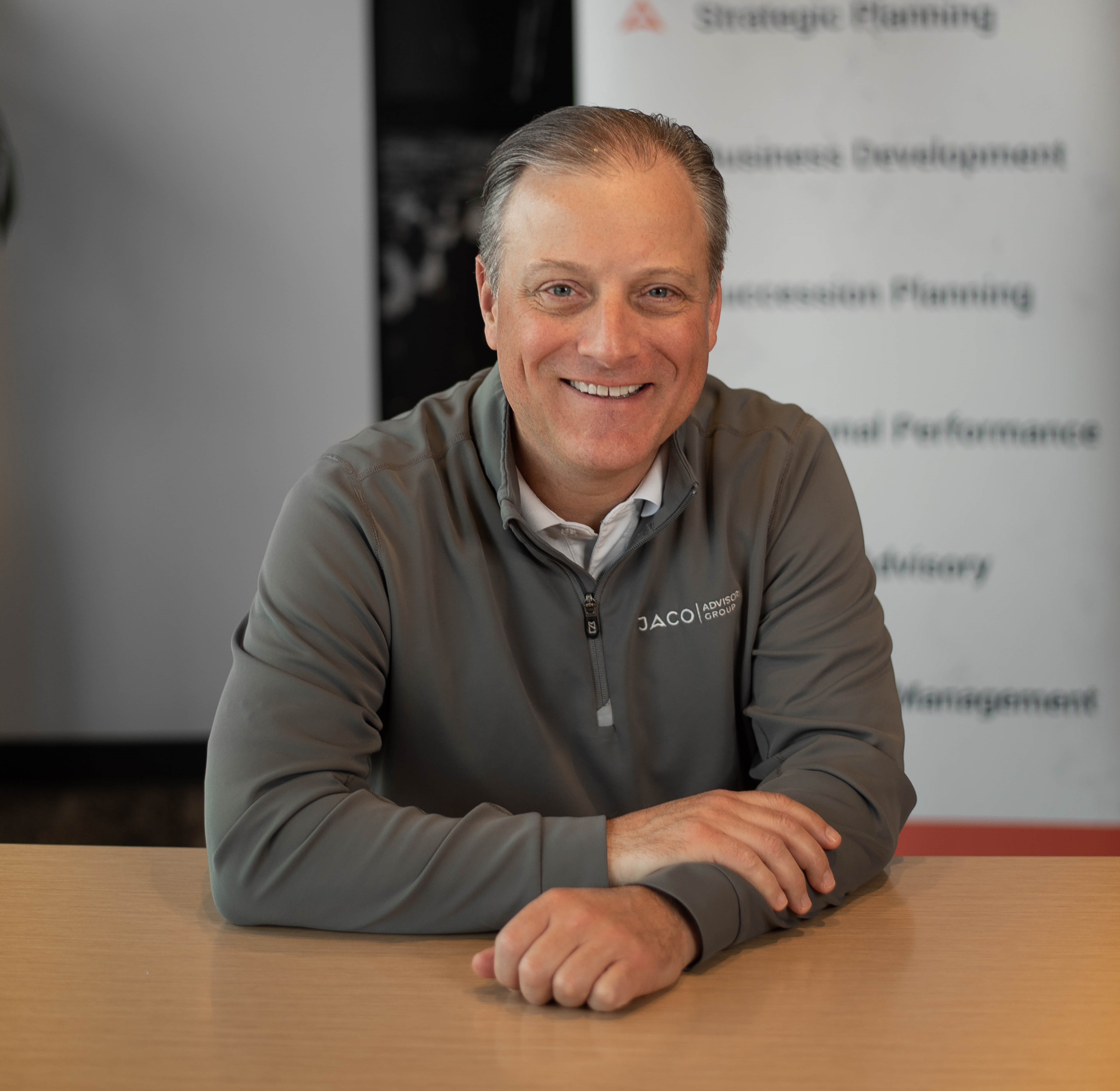Learn why organizations that implement this comprehensive talent management methodology will have an advantage over their competitors in 2022 and beyond
In today’s hyper-competitive job market, employers must rethink how they attract and retain their most valuable resource: people.
The post-Covid world has changed everything. Companies are finding themselves competing in a talent war for which they were unprepared. Bogged down with increased labor costs, high turnover rates, and staffing shortages, organizations are struggling to find a solution to their labor issues.
According to Predictive Index’s 2021 State of Talent Optimization Report, only 55% of businesses surveyed had a people strategy in place. In the post-pandemic climate, this is a huge competitive disadvantage and leaves company’s vulnerable to losing their most valuable resource.
So how can a business successfully navigate the turbulent waters of attracting, retaining, hiring, and training workers?
What lays the foundation for a good people strategy?
The answer is Talent Optimization.
What is Talent Optimization?
Talent Optimization is a revolutionary concept changing the landscape of business.
It is a discipline, a process, and a methodology… that helps organizations like yours align their business strategy to their people strategy, so you can achieve your desired business results.
With Talent Optimization, leaders use data + analytics + science + results to:
✔ Attract and select better candidates
✔ Develop leaders and managers
✔ Assemble teams that deliver results
✔ Build a strong culture that keeps people around for more than just a paycheck.
This mutually beneficial partnership between the business and its employees is a huge competitive advantage to companies that embrace Talent Optimization as a best practice for developing their people or “talent” strategy.
The truth is, without people, a business’s economic engine will cease to operate.
Numerous studies show a strong correlation between a positive culture, employee (happiness) engagement and organizational success. The happier and more fulfilled employees are, the more engaged, productive, and effective they are in the workplace. And more productive employees are the difference between a thriving company and a dying one.
Talent Optimization = Data Analytics for your People Strategy
Most businesses regularly monitor key business results whether they be sales figures, customer satisfaction ratings, cash flow, or profits and losses.
But what about your people?
Measuring people data as rigorously as you measure business data ensures you have the information you need to uncover the “people problems” that are the root cause of your business problems.
Only 22% of companies know what is driving employee disengagement. (Disengagement –> high turnover –> More disengagement)
In a future blog, we will share a few examples of how leading companies use Talent Optimization to continually improve employee engagement and leadership inside an organization.
But first:
Why Does Talent Optimization Work?
Talent optimization is a four-phase discipline that helps you:
✔ Build a strong company culture that candidates want to join.
✔ Enable your organization to recruit and retain the best talent.
✔Execute your business strategy with confidence.
Unlike most talent strategies, Talent Optimization leverages people data, workplace science, research, and advanced analytics to deliver results.
The Talent Optimization Process: How it Works
The Talent Optimization Process

By successfully implementing a talent optimization strategy, you can truly unlock the human potential inside of your organization.
Leaders and businesses that align talent, culture, and strategy become unstoppable in their industry.
This remarkable competitive advantage will provide a boost in productivity and adaptability.
You will find that you can efficiently connect business strategy to business results when the right people are in the right seat, on the right team, with the right leader, and they are empowered and eager to execute the strategy.
Given the current environment, many forward-thinking businesses are now making Talent Optimization one of their top priorities.
The Four Phases of Talent Optimization
Talent Optimization consists of four phases.
This blog series will explore each of these disciplines and how they can provide a competitive advantage to your company when properly implemented.
Here is a high-level overview of the four aptitudes, each of which will have its own article:
 Design: Building Teams that Beat the Competition
Design: Building Teams that Beat the Competition
The Design Phase of Talent Optimization helps companies map their business strategies to the organizational structure and teams they currently have in place. This phase is about aligning teams with the company strategy. It helps leaders understand their teams’ current strengths, and potential blind spots. In the Design Phase we unpack the concept of “who’s in the room, who’s in the building, and who’s on the street”. This concept helps companies develop succession plans and maximize the potential of their employees first, before looking outside of the company. Designing an internal employee strategy saves businesses time and money because they foster talent within the organization first rather than going through an expensive and often unnecessary external hiring process. The tools and concepts of the Design Phase help leaders at every level identify and solve the talent challenges that often get in the way of building high-performing teams.
 Hire: Attracting and Selecting the Best Talent
Hire: Attracting and Selecting the Best Talent
The Hire Phase helps companies evaluate and better understand the people they want to bring into their organization.
A strategic hiring process finds talent that is the right fit for the company’s culture. It matches the individual to the job for which they are being considered. In the Hire Phase, companies can have a strategic, data-driven process. They create “ideal candidate” job profiles based on data from other high performers already within the organization. Utilizing behavioral and cognitive assessments, organizations can quickly evaluate potential new hires. This information is used to create interview guides, helping the hiring manager to ask the right questions to probe for job and culture fit.
 Inspire: The #1 Driver for Higher Employee Engagement is Effective Leadership
Inspire: The #1 Driver for Higher Employee Engagement is Effective Leadership
The Inspire Phase can best be described as a coaching process.
This process helps both team leaders and individuals improve communication and awareness.
In the Inspire Phase, individuals and teams can see how they fit into the organization. They discover ways to grow within the company. Employees learn how their job or team contributes to helping the company execute its strategy and achieve results. The Inspire Phase works in tandem with the Design Phase. It cultivates talent from within the company with things like leadership training programs. As we’ve established, it’s less expensive and more efficient to pull from the pool of employees already within the company rather than undergoing a costly hiring process. Knowing there is potential for growth and advancement encourages employee loyalty to the company. The more invested your team is in their role in the company, the more inspired they will be to improve, innovate, and engage.
 Diagnose: Continuously Measuring and Improving Employee Engagement
Diagnose: Continuously Measuring and Improving Employee Engagement
Think of the Diagnose phase of Talent Optimization as your feedback loop. How can you fix something if you don’t know it’s broken?
Diagnostic tools are not just for manufacturing parts. They can be just as effective for measuring the success of your investments in your people.
In this phase, companies measure employee engagement through anonymous surveys. The company receives granular feedback in five key areas (engagement, job, manager, people, organization), providing insights into where they excel, while uncovering opportunities for improvement.
Businesses that collect and analyze their people data and then make necessary adjustments proactively will enjoy a more productive and engaged workforce; instead of letting problems build up and fester, addressing them quickly shows employees they care about their wellbeing.
Your Employees Are Your Last Point of Differentiation
The truth is, most organizations are competing in commoditized markets. Your employees are your last point of differentiation.
Their skill, experience, adaptability, and problem-solving skills – and their willingness to apply them at work – should be your biggest competitive advantage.
Developing a people strategy that allows you to attract and retain the best and brightest talent will separate the industry leaders from the companies that are commoditized into oblivion.
The Four Phases of Talent Optimization provides companies with a defined and iterative approach for unlocking the human potential inside their organization.
Companies will see improved employee engagement by establishing a common language for understanding the people in the organization, providing a consistent feedback loop to evaluate their “people” metrics, while living a “get better” mindset.
They should also see an improvement in organizational efficiency.
If you would like to learn more about how we are helping organizations utilize talent optimization to create a competitive advantage for their business, give us a call, or drop us an email, we would welcome the opportunity to learn more about your business and the challenges you are facing.
About Jeff
Jeff has over 30 years of strategic planning, business development, and business transformation leadership experience. Having worked with mid-market, closely-held and family-owned businesses his entire career Jeff has a unique understanding of how these enterprises operate and the challenges they face.
He is passionate about working with business leaders to build strong cultures while developing and executing strategies that deliver exceptional results that benefit all the company’s stakeholders. Jeff’s hands-on approach to working with companies begins with a commonsense approach to strategy development.
With extensive experience in organizational turnaround and growth Jeff follows a defined process (disciplined, focused, intentional) to guide clients from strategy to execution. His experience covers a multitude of industries, with an in-depth understanding of automotive manufacturing.
Jeff holds a Master’s in Business Administration from the Capital University School of Management and earned a Bachelor of Arts in Business Administration and Management from Ohio Dominican University.





